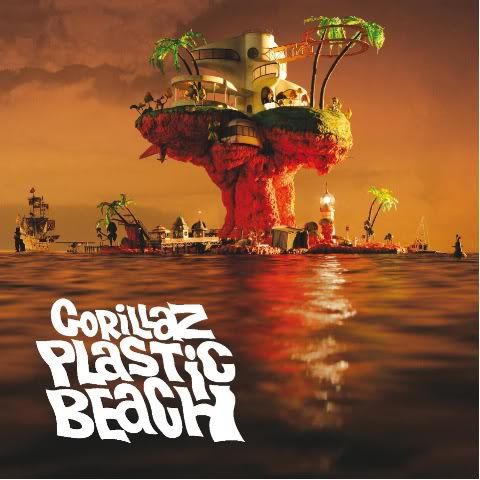This will be an experiment: comparative review of the original novel vs. the film version. Stardust is the tale of Tristan Thorn, inept and eager shop boy from the English town of Wall. Young Thorn is enamored with the beauty of Victoria, the town flirt. One night, he sees a falling star, and to prove his love for Victoria, sets off to cross the town's forbidden wall to retrieve it as her birthday present. She promises him that if he returns after a week (in time for her birthday), she will marry Tristan rather than his rival, Humphrey. Alas, the other side of the wall was off limits for a good reason - it hid the magical realm of Stormhold from the world. The star manifests as the beautiful maiden, Yvaine, in this realm, and unknown to Tristan, the star has two other pursuers. The first group seeks the item that was the cause of her fall. The king of Stormhold charged his sons to retrieve the necklace which he flung into the heavens. The son who finds it first will become the new king of the realm. The second group seek the star for her heart, which when eaten provides instant youth. They are the royalty of the witch order, the sisters Three. Tristan quickly finds himself in a situation for which he did not account. Instead of merely retrieving a hunk of stardust, he finds himself the protector of a lady whose presence endangers his own life. For both of the groups who seek Yvaine have no qualms about breaking bloody eggs that impede their will.
Which medium tells the story better - novel or film? Stylistically, the end is less dragged out in the novel. Characters accept the end with a lot more peace. However, with Michelle Pfeiffer starring as the villainess, the writers wanted to give as much screentime as possible to her talents. Also, Robert de Niro's character gets a bit more screen time than was allotted for his character in the book. The Sky pirate Captain Shakespeare was more of an aside in Neil Gaiman's vast mental realm. The author did not choose to elaborate on some of his players, though he might have formed them more fully in his mind. The book is a fast paced plot that draws readers into its thrall, to spit them into the lush and exciting place of Stormhold and the unremarkable town of Wall. Gaiman's literary landscapes appear boundless. The part that he reveals only hints at the glory of the realms that inhabit his mind. This intangible entity of Neil's imagination must be filled with unenforced borders and trade among the various plots and members of his creation.
The movie is colorful and dazzling, the book is dreamy and whimsical. They complement each other, but I prefer the pacing of the novel to the movie, which tries too hard to show the fruit of Gaiman's mind on a physical screen. Rather, the story is best viewed in the venue of the psychological level of a reader's imagination.
1 month ago



I hope you are happy. You have spurred me on to read the novel. Though, having seen the film first, it may be hard to conceive of the characters without my being influenced by the movie's adaption...
ReplyDeleteThat is fine, the copy I purchased is a movie edition cover. So it was only to be expected when they released it.
ReplyDelete